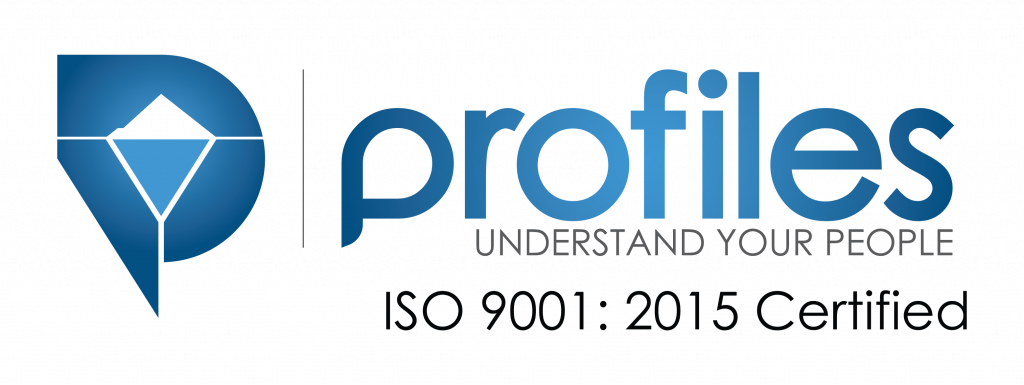How to Manage Older Employees: 13 Helpful Tips
Leading older employees can get tricky, especially if you’re younger than them. However, by understanding and accepting their intricacies, you not only tap into a highly-skilled individual, but also a mentor and resource shaped by years in their field.
Navigating Instability: Effective HR Planning in Times of Uncertainty
In today’s fast-paced business environments, companies need a degree of HR planning, especially if they want their workforces to keep pace with unstable market demands. To guide you through this process, we'll explore its various aspects.
How to Build a Successful Work Team
Building a cohesive, high-performing team is vital to business success. Below are things business leaders need to keep in mind when hiring and managing employees in order to build a successful work team. Communication Communication is at the center of all successful work teams. It's what enables a team to function properly, fulfill goals and complete projects. Communication must be a core concern when building a team, so make sure each member of the group [...]
Leading by Example
In addition to being good in principle, leading by example also inspires loyalty and trust in your employees. In order to keep enthusiasm and goodwill among your team members, you need to do more than instruct, you need to lead. Below are a few ways you can lead by example and inspire your employees to succeed. Make a firm commitment to your team and purpose. Remind yourself why you started the journey and took on [...]
Talent Management Advice from 5 Experts in HR
The talent management advice below was taken from various online sources. Find the original articles by following the links after the tip. 1. If you’re an HR leader, nothing will make you look better than a talented HR team. Hire people who are at least your equal or preferable a little bit better. Too many B and C players will ruin your department and your leadership reptuation. - Paul Sohn, 30 Powerful Tips to Be [...]


